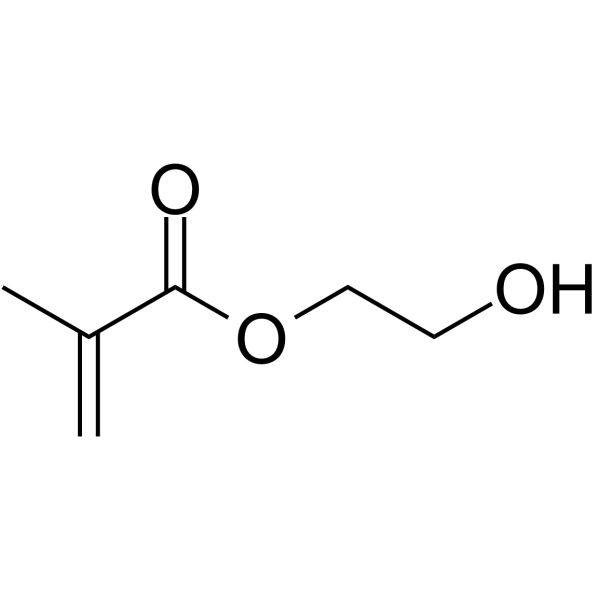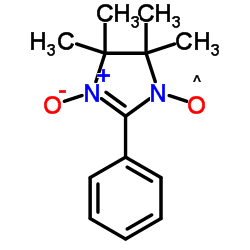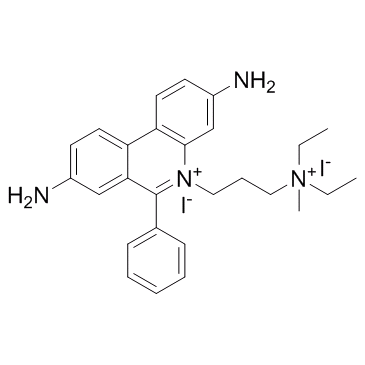| Structure | Name/CAS No. | Articles |
|---|---|---|
 |
Dimethyl sulfoxide
CAS:67-68-5 |
|
 |
Ethylenediaminetetraacetic acid
CAS:60-00-4 |
|
 |
2-Hydroxyethyl methacrylate
CAS:868-77-9 |
|
 |
PTIO
CAS:18390-00-6 |
|
 |
Propidium Iodide
CAS:25535-16-4 |
|
 |
8-Octanoyloxypyrene-1,3,6-trisulfonic acid trisodium salt
CAS:115787-84-3 |